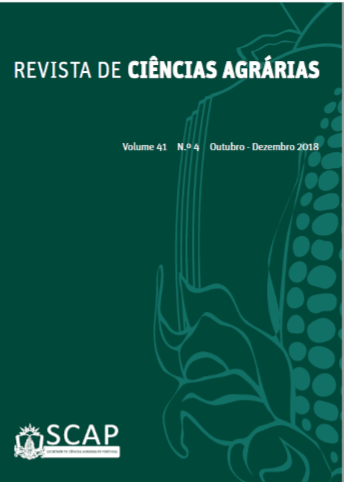Macro and micronutrient contents in grain and soybean yield [Glycine max (L). Merr.] after foliar application of elemental sulfur
DOI:
https://doi.org/10.19084/RCA17268Resumen
Low levels of organic matter in soil may limit the soybean crop development due to the low availability of sulfur (S) and the high demand of this nutrient by plants. The foliar fertilization is an alternative to supplement plant request. This study aimed at assessing the effect of applying foliar sulfur fertilizer in the soybean at different time and doses. The treatments studied were: (1) 0.0 kg ha-1 of S foliar; (2) 0.5 kg ha-1 of foliar S in beginning bloom (R1) stage; (3) 0.5 kg ha-1 of foliar at beginning seed (R5.1) stage; (4) 0.5 kg ha-1 of foliar S in R1 and R5.1; (5) 1 kg ha-1 of foliar S in R1; (6) 1 kg ha-1 of S foliar in R5.1; (7) 1 kg ha-1 of foliar S in R1 and R5.1 using randomized block design with 4 replicates. The variables analyzed were: one thousand grain mass, yield and the macro and micronutrient contents in the grains. The soybean yield increased 614 kg ha-1 with the application of foliar sulfur in relation to the control. The dose that obtained the best results was 0.5 kg ha-1 applied into the R3 or R5.1 stage. The use of elemental sulfur via foliar may be an alternative of sulfur supplementation.


